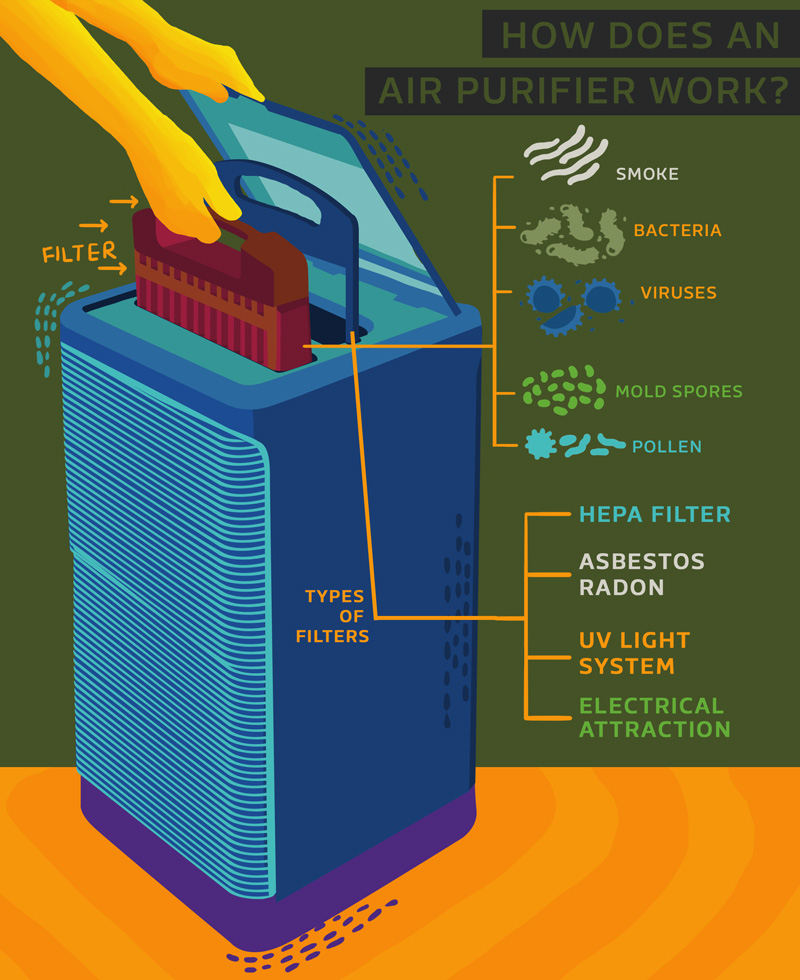The Ultimate Overview To Understanding Heat Pumps - How Do They Function?
The Ultimate Overview To Understanding Heat Pumps - How Do They Function?
Blog Article
Post Composed By-Roy Hemmingsen
The very best heat pumps can save you considerable amounts of cash on power expenses. They can additionally help reduce greenhouse gas exhausts, specifically if you utilize electrical power instead of nonrenewable fuel sources like gas and home heating oil or electric-resistance furnaces.
Heat pumps function very much the same as ac unit do. This makes them a sensible alternative to typical electrical home heating systems.
How They Function
Heatpump cool down homes in the summertime and, with a little aid from electrical energy or gas, they offer several of your home's home heating in the winter months. They're an excellent choice for individuals that wish to lower their use fossil fuels but aren't all set to change their existing furnace and air conditioning system.
They depend on the physical fact that also in air that appears as well cool, there's still energy existing: cozy air is constantly relocating, and it wants to relocate right into cooler, lower-pressure settings like your home.
Most ENERGY STAR accredited heatpump operate at close to their heating or cooling capacity throughout a lot of the year, decreasing on/off cycling and saving power. For the very best performance, concentrate on systems with a high SEER and HSPF ranking.
The Compressor
The heart of the heat pump is the compressor, which is additionally known as an air compressor. This mechanical streaming gadget uses prospective power from power production to boost the pressure of a gas by lowering its volume. It is various from a pump because it just deals with gases and can not work with fluids, as pumps do.
Climatic air enters the compressor with an inlet shutoff. It travels around vane-mounted arms with self-adjusting size that separate the interior of the compressor, creating numerous tooth cavities of differing dimension. The rotor's spin pressures these dental caries to move in and out of stage with each other, pressing the air.
visit the up coming article attracts the low-temperature, high-pressure refrigerant vapor from the evaporator and presses it right into the warm, pressurized state of a gas. This procedure is duplicated as required to supply home heating or cooling as required. The compressor additionally has a desuperheater coil that reuses the waste warmth and includes superheat to the cooling agent, altering it from its liquid to vapor state.
The Evaporator
The evaporator in heat pumps does the very same thing as it performs in fridges and ac system, altering fluid refrigerant right into a gaseous vapor that eliminates warm from the room. Heat pump systems would certainly not work without this important tool.
This part of the system is located inside your home or building in an interior air trainer, which can be either a ducted or ductless unit. It includes an evaporator coil and the compressor that presses the low-pressure vapor from the evaporator to high pressure gas.
Heat pumps absorb ambient warmth from the air, and after that use electrical power to transfer that warm to a home or organization in heating mode. That makes them a great deal a lot more energy reliable than electrical heating systems or furnaces, and since they're utilizing tidy electrical power from the grid (and not shedding fuel), they likewise create far less emissions. https://cost-of-routine-hvac-serv99988.worldblogged.com/35186427/the-future-of-home-heating-just-how-heatpump-innovation-is-progressing 's why heat pumps are such excellent ecological choices. (As well as a significant reason that they're coming to be so preferred.).
The Thermostat.
Heatpump are great alternatives for homes in cold environments, and you can utilize them in combination with conventional duct-based systems or perhaps go ductless. They're a great different to nonrenewable fuel source furnace or standard electrical heaters, and they're more lasting than oil, gas or nuclear cooling and heating tools.
Your thermostat is the most essential part of your heatpump system, and it works really in a different way than a traditional thermostat. All mechanical thermostats (all non-electronic ones) work by using compounds that change size with increasing temperature, like coiled bimetallic strips or the broadening wax in an auto radiator valve.
These strips include two various kinds of metal, and they're bolted with each other to create a bridge that completes an electrical circuit connected to your HVAC system. As the strip gets warmer, one side of the bridge expands faster than the various other, which creates it to flex and signal that the heater is needed. When the heatpump is in heating mode, the reversing valve turns around the circulation of refrigerant, so that the outside coil now operates as an evaporator and the interior cyndrical tube comes to be a condenser.